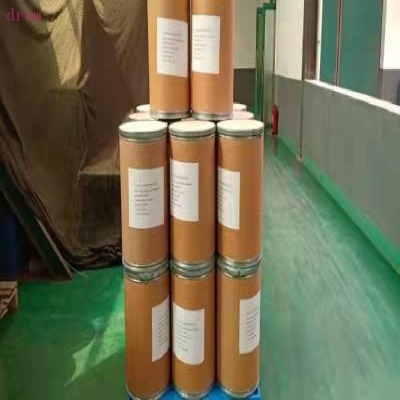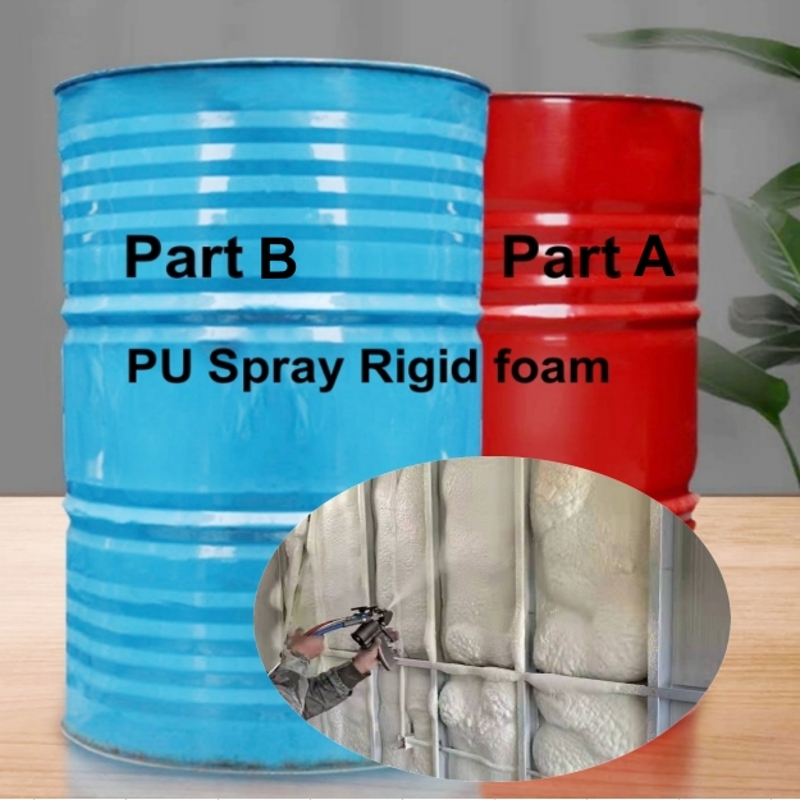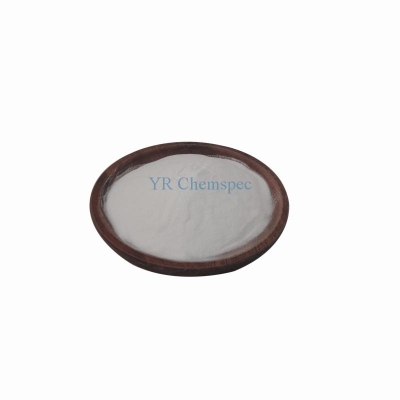-
Categories
-
Pharmaceutical Intermediates
-
Active Pharmaceutical Ingredients
-
Food Additives
- Industrial Coatings
- Agrochemicals
- Dyes and Pigments
- Surfactant
- Flavors and Fragrances
- Chemical Reagents
- Catalyst and Auxiliary
- Natural Products
- Inorganic Chemistry
-
Organic Chemistry
-
Biochemical Engineering
- Analytical Chemistry
- Cosmetic Ingredient
-
Pharmaceutical Intermediates
Promotion
ECHEMI Mall
Wholesale
Weekly Price
Exhibition
News
-
Trade Service
Recently, the Hefei Institute of Physical Sciences, Chinese Academy of Sciences, has made new progress
in the research of optical fiber probes with surface-enhanced Raman scattering (SERS) activity.
The team developed a universal assembly method to assemble a variety of charged metal nanostructures with plasmon properties onto the surface of the tapered fiber probe, which can be used as SERS fiber probe to achieve remote online monitoring
of pollutants.
The development of optical fiber communication technology has opened up a new way for high-throughput, remote real-time SERS detection of pollutants, and its core idea is to couple high SERS active nanostructures to the surface of optical fiber probes and integrate them into portable optical fiber Raman spectrometers, and realize portable and rapid detection
of pollutants by collecting and detecting SERS signals of pollutants.
To achieve this, the researchers developed methods such as coating, photochemical deposition, or physical vapor deposition to deposit precious metal nanostructures onto
fiber optic probes.
However, the SERS fiber probes prepared by these research methods have certain limitations
in function.
For example, for the coating method, the adhesion of SERS active nanostructures on the surface of the optical fiber is weak, and it is easy to diffuse in the liquid sample, which in turn affects the stability of the detection signal.
For physical vapor deposition and laser-induced photochemical deposition, due to the limitation of the preparation process, it is difficult to accurately control the morphology and size of the nanostructure, and its local electromagnetic field enhancement and surface plasmon resonance characteristics cannot be optimized, and the sensitivity
of SERS to detect pollutants cannot be guaranteed.
The researchers used electrostatic assembly method to assemble the noble metal nanostructures with positive/negative electrical properties to the surface of the conical optical fiber modified by silane coupling agent, and constructed a highly efficient SERS optical fiber probe
.
Firstly, in the process of constructing nanostructures with controllable morphology based on liquid phase method, the surfactants used can make the nanostructures exhibit controllable surface physicochemical properties, such as positive/negative electricity, affinity/hydrophobicity, etc
.
Secondly, the main component of optical fiber is silicon oxide, and there are a large number of hydroxyl groups on the surface, which is easy to couple with silane coupling agent by forming Si-O-Si bonds; At the same time, the silane coupling agent has a functional group at the end, which makes the fiber as a whole rich in specific functions
.
Therefore, for negatively charged nanostructures (such as citrate-protected gold nanospheres), silane coupling agents with amino groups are selected to modify the fiber; Conversely, for positively charged nanostructures (such as CTAB-protected gold nanorods), the use of carboxyl silane coupling agent to modify the optical fiber can realize the effective assembly
of noble metal nanostructures on the surface of the optical fiber.
For example, SERS active nanostructures with different morphologies and optical properties can be assembled to the optical fiber surface
in a controlled manner.
This SERS fiber probe has the advantages of high stability (relative signal deviation less than 3%), wide range of optical fibers (suitable for single-mode, multimode, D-type and micro-nano fiber, etc.
) and high sensitivity, and the sensitivity to pesticide methyl parathion reaches 10 nanomoles
.
The relevant research results have applied for national invention patents
.
Recently, the Hefei Institute of Physical Sciences, Chinese Academy of Sciences, has made new progress
in the research of optical fiber probes with surface-enhanced Raman scattering (SERS) activity.
The team developed a universal assembly method to assemble a variety of charged metal nanostructures with plasmon properties onto the surface of the tapered fiber probe, which can be used as SERS fiber probe to achieve remote online monitoring
of pollutants.
The development of optical fiber communication technology has opened up a new way for high-throughput, remote real-time SERS detection of pollutants, and its core idea is to couple high SERS active nanostructures to the surface of optical fiber probes and integrate them into portable optical fiber Raman spectrometers, and realize portable and rapid detection
of pollutants by collecting and detecting SERS signals of pollutants.
To achieve this, the researchers developed methods such as coating, photochemical deposition, or physical vapor deposition to deposit precious metal nanostructures onto
fiber optic probes.
However, the SERS fiber probes prepared by these research methods have certain limitations
in function.
For example, for the coating method, the adhesion of SERS active nanostructures on the surface of the optical fiber is weak, and it is easy to diffuse in the liquid sample, which in turn affects the stability of the detection signal.
For physical vapor deposition and laser-induced photochemical deposition, due to the limitation of the preparation process, it is difficult to accurately control the morphology and size of the nanostructure, and its local electromagnetic field enhancement and surface plasmon resonance characteristics cannot be optimized, and the sensitivity
of SERS to detect pollutants cannot be guaranteed.
The researchers used electrostatic assembly method to assemble the noble metal nanostructures with positive/negative electrical properties to the surface of the conical optical fiber modified by silane coupling agent, and constructed a highly efficient SERS optical fiber probe
.
Firstly, in the process of constructing nanostructures with controllable morphology based on liquid phase method, the surfactants used can make the nanostructures exhibit controllable surface physicochemical properties, such as positive/negative electricity, affinity/hydrophobicity, etc
.
Secondly, the main component of optical fiber is silicon oxide, and there are a large number of hydroxyl groups on the surface, which is easy to couple with silane coupling agent by forming Si-O-Si bonds; At the same time, the silane coupling agent has a functional group at the end, which makes the fiber as a whole rich in specific functions
.
Therefore, for negatively charged nanostructures (such as citrate-protected gold nanospheres), silane coupling agents with amino groups are selected to modify the fiber; Conversely, for positively charged nanostructures (such as CTAB-protected gold nanorods), the use of carboxyl silane coupling agent to modify the optical fiber can realize the effective assembly
of noble metal nanostructures on the surface of the optical fiber.
For example, SERS active nanostructures with different morphologies and optical properties can be assembled to the optical fiber surface
in a controlled manner.
This SERS fiber probe has the advantages of high stability (relative signal deviation less than 3%), wide range of optical fibers (suitable for single-mode, multimode, D-type and micro-nano fiber, etc.
) and high sensitivity, and the sensitivity to pesticide methyl parathion reaches 10 nanomoles
.
The relevant research results have applied for national invention patents
.







